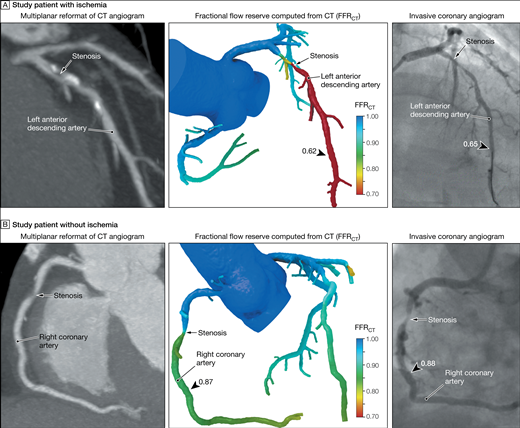Abridged from Dr Arthur Agatston writing at the Huffington Post:
Who is more likely to die from a heart attack or other cardiovascular-related event?
A. A person who is overweight, has high cholesterol, high blood pressure, and diabetes, and a calcium score of 0?
or
B. A person with no risk factors and a calcium score of over 400?
This is important to be aware of, since nearly 1 million American men and women have a heart attack every year.
The answer is B. Strikingly, it is estimated that nearly 50 percent of those who suffer fatal heart attacks don't even know they have risk factors.
Recently, a large and important study has found that even if you don't have any of the conventional risk factors for heart disease -- high blood pressure, high cholesterol, family history, prediabetes and diabetes, smoking, being overweight, high triglycerides, a sedentary lifestyle -- it doesn't necessarily mean you're home free.
The study, which was published in the journal Circulation Cardiovascular Imaging, looked at more than 44,000 individuals free of known coronary heart disease. Each person underwent a noninvasive computed tomography (CT) scan of the heart for coronary calcium and was then followed for a median of 5 years for whether or not they died of any cause.
Those with no coronary calcium and no risk factors had the lowest death rate, whereas those with a calcium score of over 400 and three risk factors had the highest death rate. Not surprising.
What's notable about this study, however, is that the individuals with no risk factors and a calcium score of more than 400 (people who are not generally candidates for aggressive prevention) had substantially higher death rates compared with individuals with three risk factors and the absence of coronary calcium (approximately 17 vs. approximately 3 per 1,000 person-years).
The authors also noted that nearly half of the individuals meeting eligibility for statin therapy based on Justification for the Use of Statins in Prevention: an Intervention Trial Evaluating Rosuvastatin (JUPITER) criteria had no CAC and experienced an extremely low event rate, with an unfavorable estimated number needed to treat for 5 years of 549 to prevent 1 CHD event compared with 42 among those with the presence of CAC.
What does this striking data mean? It suggests that people with coronary calcium (with and without other risk factors) are more likely to die, and that a selected group of patients without risk factors might benefit from further risk assessment and preventive therapies.


